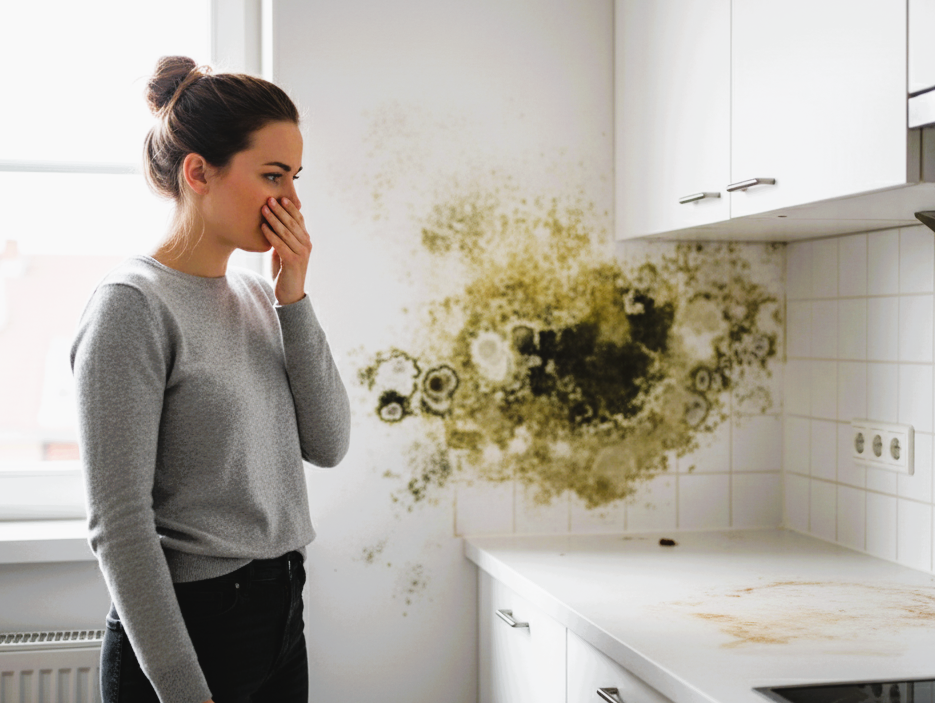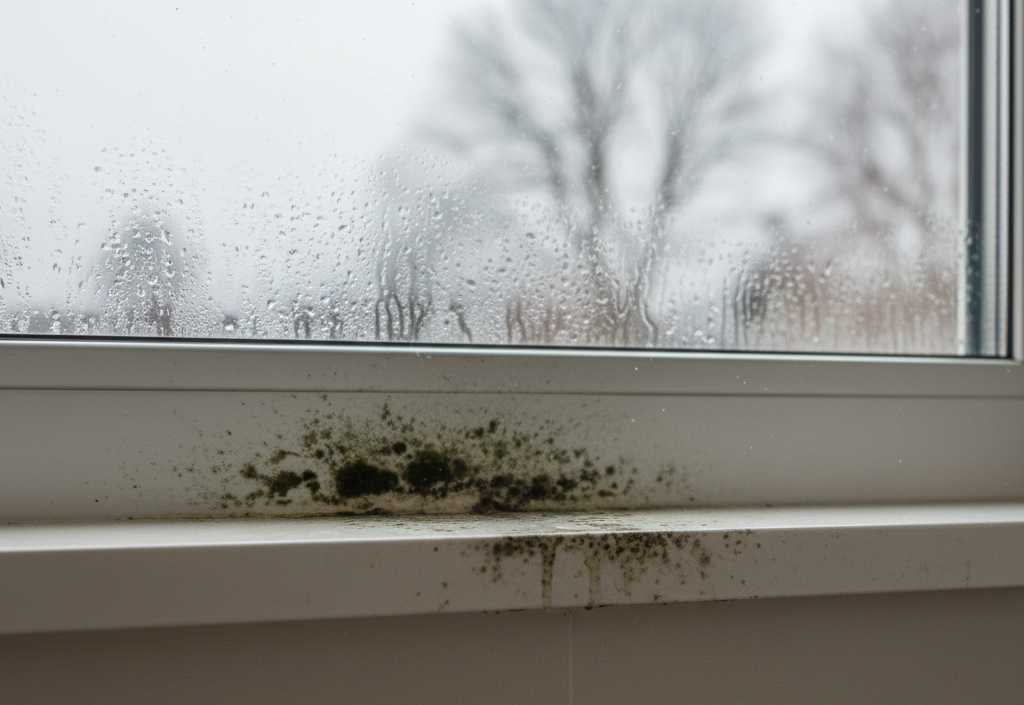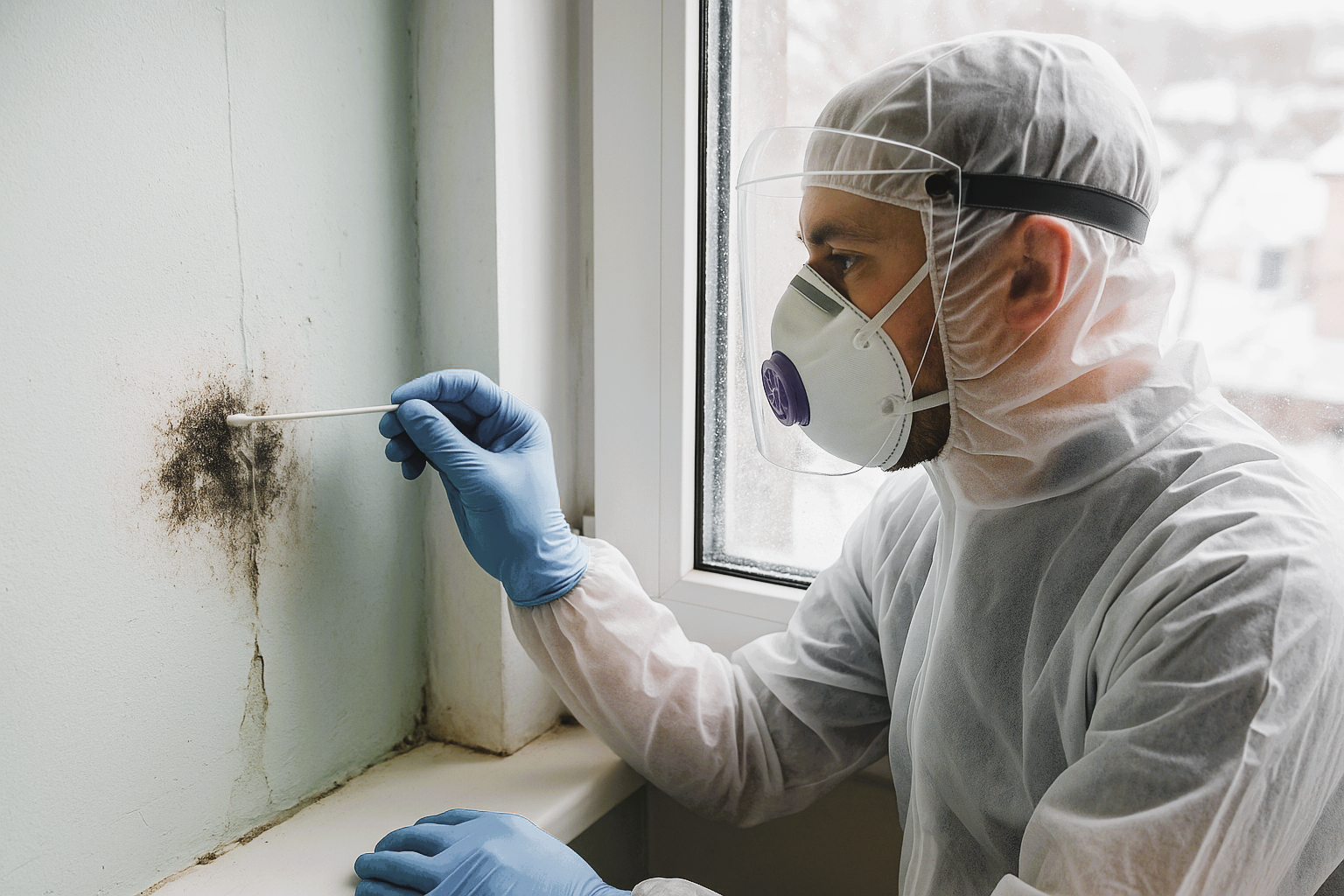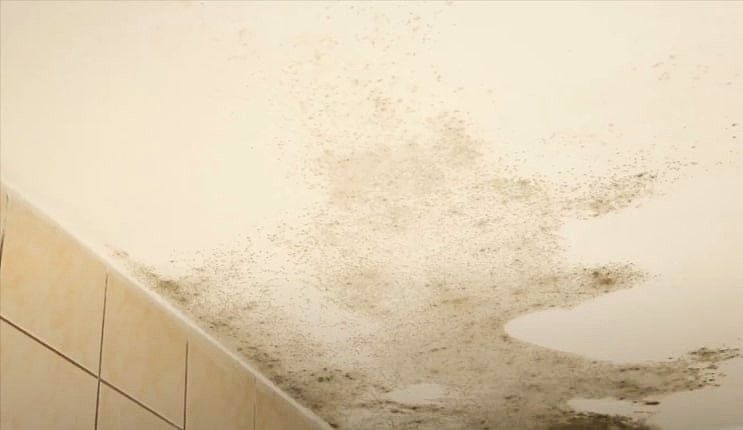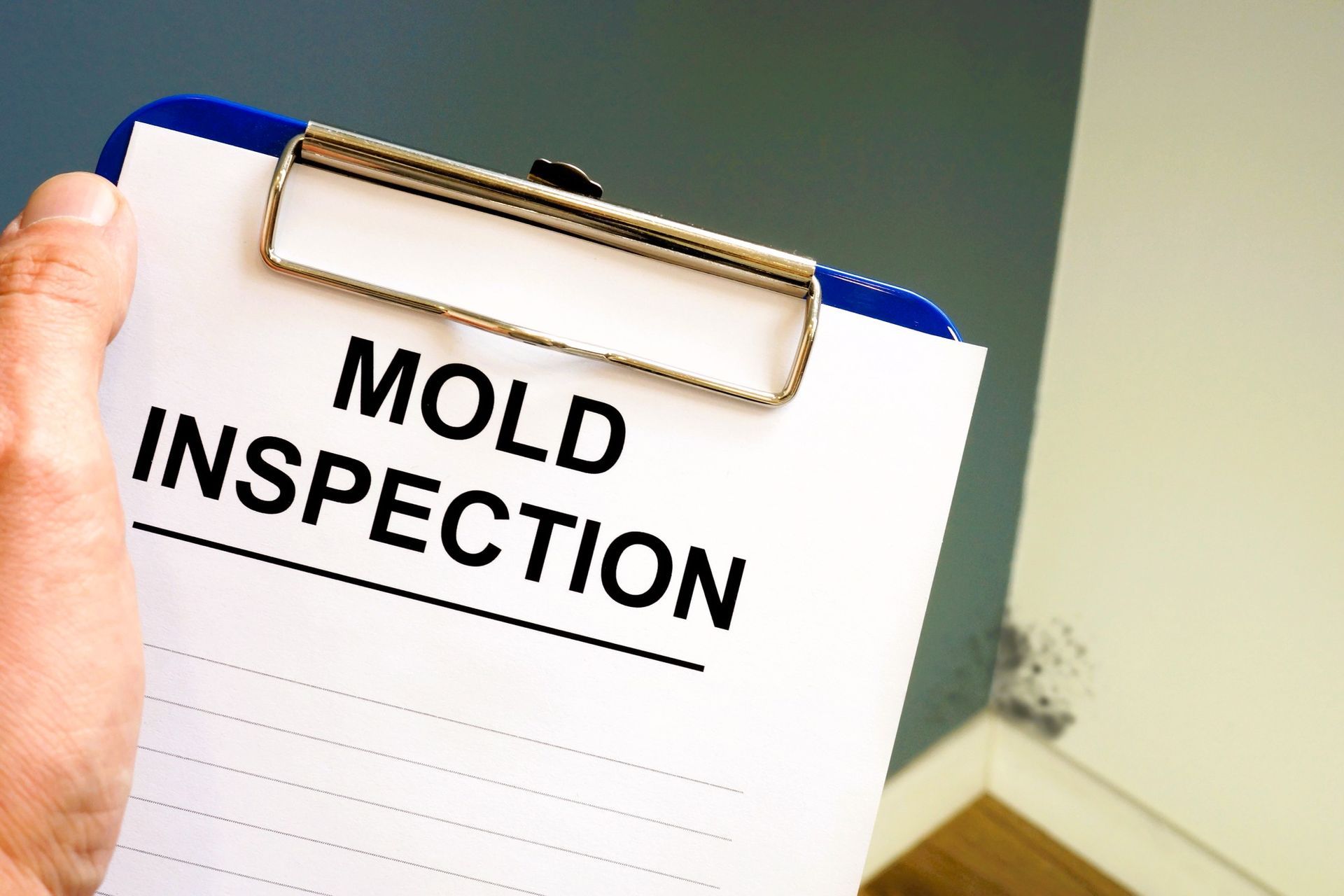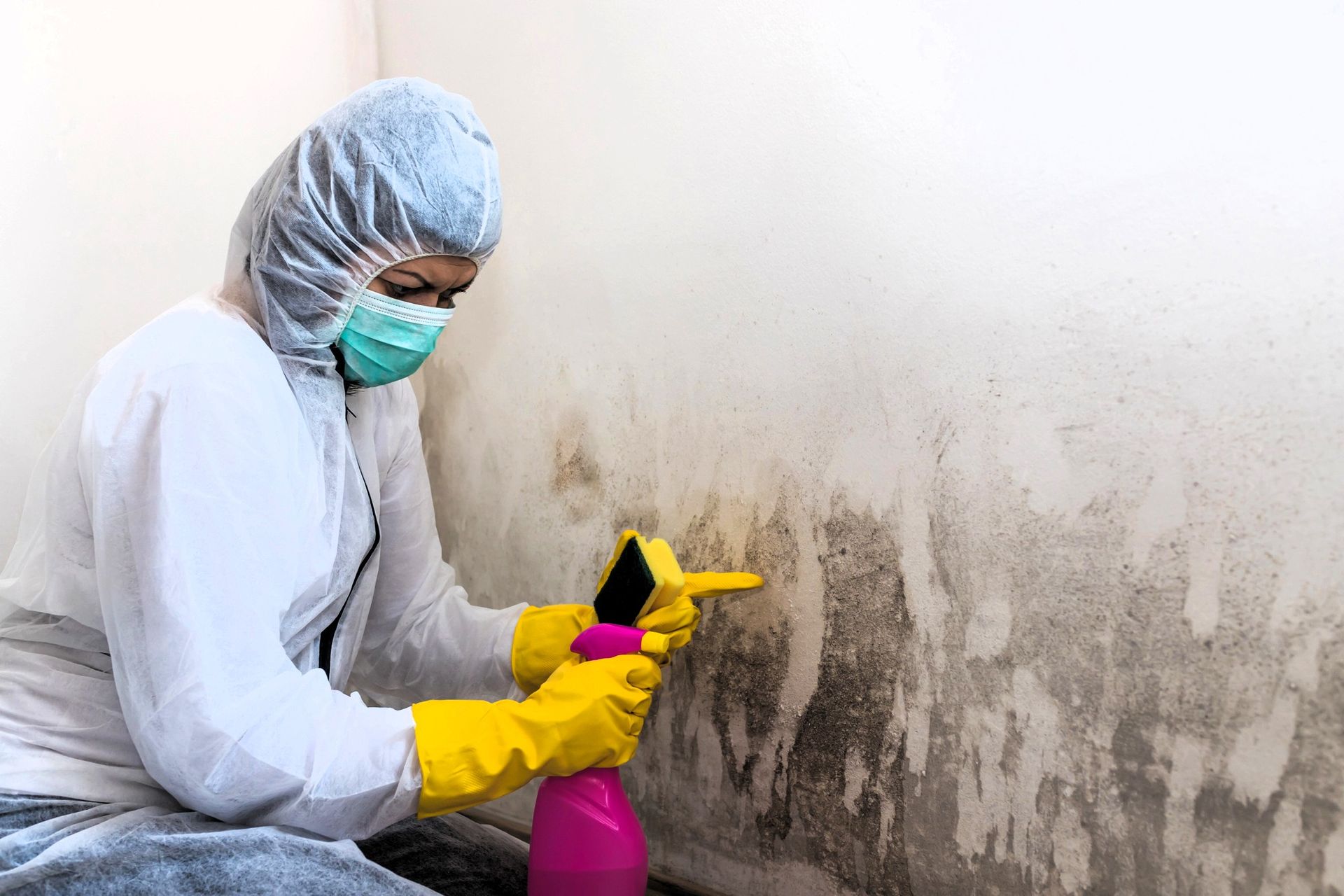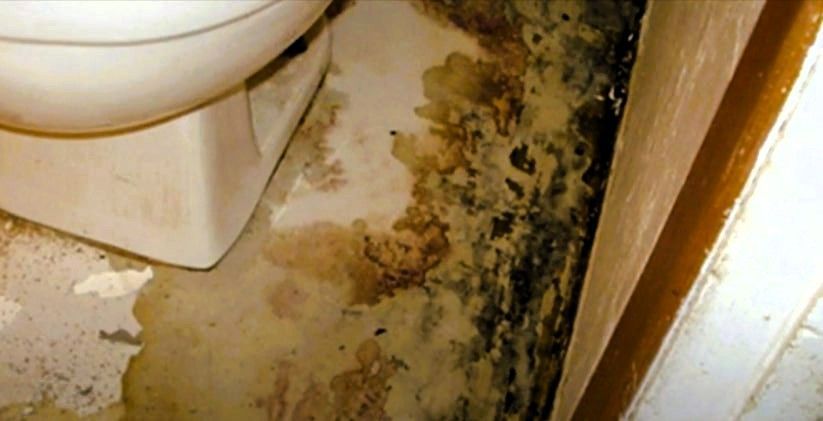How to Remove Mold from Your Home with a HEPA Vacuum
What you need to know to effectively remove mold using a HEPA vacuum

Mold in your home? Yeah, it’s not just gross—it’s actually pretty dangerous. We’re talking stuffy noses, coughing fits, irritated eyes... and that’s just the start. Left unchecked, mold can even mess with your home’s structure. Not exactly something you want hanging around.
If you've spotted those telltale patches of mold creeping along your walls or floors, you're probably asking: Can I get rid of this myself—safely?
Yep, it’s totally doable. And there’s one tool that makes all the difference. A HEPA vacuum. It’s a game-changer—if you use it the right way.
This guide walks you through each step of using a HEPA vacuum to safely and effectively remove mold from your home. So whether you’re fighting a musty old basement in Grand Rapids or trying to freshen up a damp bathroom, this method will help you breathe a little easier—literally.
Why Mold Is a Problem in Grand Rapids Homes
Thanks to Michigan's humid summers and chilly, snow-packed winters, moisture has a sneaky way of building up inside homes here. You’ll often find mold hiding out in places like bathrooms, attics, and basements where moisture builds up. Persistent dampness gives mold exactly what it needs to take hold.
If you notice odd-colored spots (black, green, white, even orange) or catch a whiff of that classic musty smell, don’t ignore it. Mold spreads fast, and it doesn’t wait around for a second invitation.
Why a HEPA Vacuum Is Your Best Friend for Mold Removal
You might be tempted to grab a broom, paper towel, or even a bottle of bleach. Avoid scrubbing or sweeping—these actions can stir up mold spores, sending them airborne and causing them to spread throughout your home.
That’s when a HEPA vacuum steps in—engineered to trap microscopic spores that ordinary vacuums can’t contain. These vacuums are designed to trap 99.97% of tiny particles—including mold spores—so they don’t float back into your breathing space.
One warning though: not all “HEPA” vacuums are the real deal. Look for a true HEPA vacuum with a sealed system to keep those spores locked inside for good.
Step-by-Step: How to Remove Mold Using a HEPA Vacuum
1. Find the Moisture Source First
You can’t fix mold without cutting off its water supply. Common culprits include:
- Leaky pipes
- Damp basements
- Poor bathroom ventilation
- Roof leaks
Until you fix the root problem, the mold’s just going to come back like a bad sequel.
2. Prep the Area Safely
Keep spores from traveling to the rest of your home:
- Seal off the area—close doors, cover vents
- Lay plastic sheeting over nearby furniture or floors
- Lightly mist the moldy spots with water (to keep spores from becoming airborne)
3. Suit Up
Mold doesn’t have to be widespread to affect your health—so make sure you’re fully protected, even for minor cleanups:
- Wear gloves
- Use goggles
- Grab an N-95 mask or HEPA-filter respirator
4. Vacuum Like a Pro
Time to power up that HEPA vacuum:
- Vacuum slowly—spend about a minute per square foot
- Use brush attachments for walls, ceilings, and furniture
- Don’t skip the surrounding areas—spores like to drift
Once you're done, wipe everything down with a damp cloth and a mild detergent to grab any leftover residue.
5. Dispose of Mold Waste the Right Way
Treat it like hazardous waste—it basically is.
- Seal the vacuum bag or canister contents in a heavy-duty trash bag
- Toss it in an outdoor trash bin, far from your house
- Wipe down the vacuum’s outside to prevent spreading spores next time you use it
Keep Mold From Coming Back — And Know When It’s Time to Call in the Pros
So, you’ve tackled a mold problem—nice work. But the job’s not done just yet. The real key? Making sure it doesn’t sneak back in. Around Grand Rapids, where damp basements and muggy summers are pretty common, mold has a way of sticking around if you’re not careful.
Take these proactive steps to keep mold from making a comeback:
- Keep humidity in check. Use a dehumidifier and aim to keep indoor levels below 50%.
- Turn on those exhaust fans. Bathrooms and kitchens need airflow, especially after showers or cooking.
- Tackle leaks immediately. Whether it’s a slow drip under the sink or a tiny crack in the roof, even small moisture issues can turn into big mold problems.
- Vacuum regularly. Use a HEPA vacuum to catch those tiny mold spores hiding in carpets and corners.
One thing to remember: bleach and paint aren’t solutions. They may hide the issue temporarily, but they won’t eliminate mold at its source. Real mold removal means getting rid of what’s feeding it—and stopping it from coming back.
If mold’s already set up shop in your basement, attic, bathroom, or anywhere else, don’t try to tough it out. What starts as a small mold patch can quickly become a threat to your health.
That’s where Grand Rapids Mold Relief comes in. We use top-tier HEPA equipment, proven moisture control methods, and certified-safe practices to clear mold the right way.
Get in touch with Grand Rapids Mold Relief for a no-cost quote or in-home assessment. Let us help you reclaim clean air and restore a healthier, safer living space—starting today.
